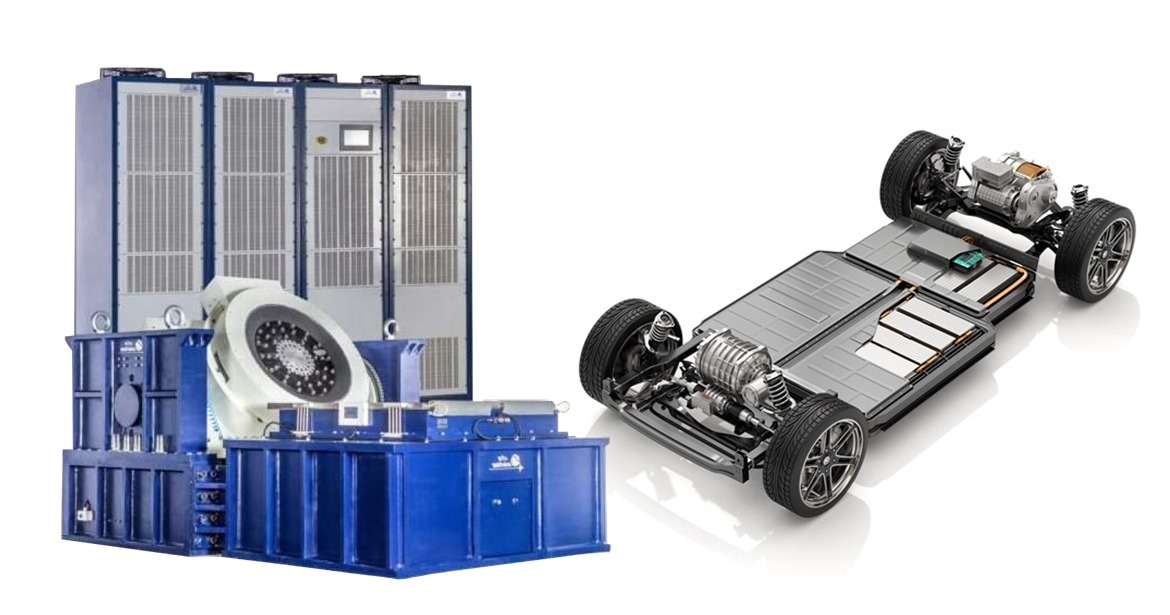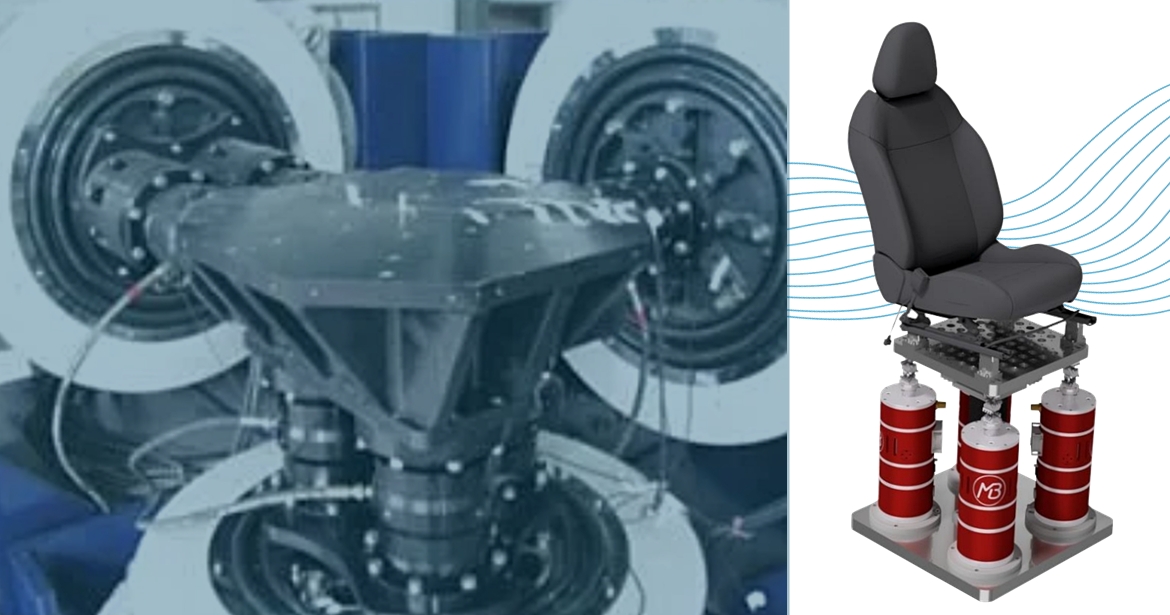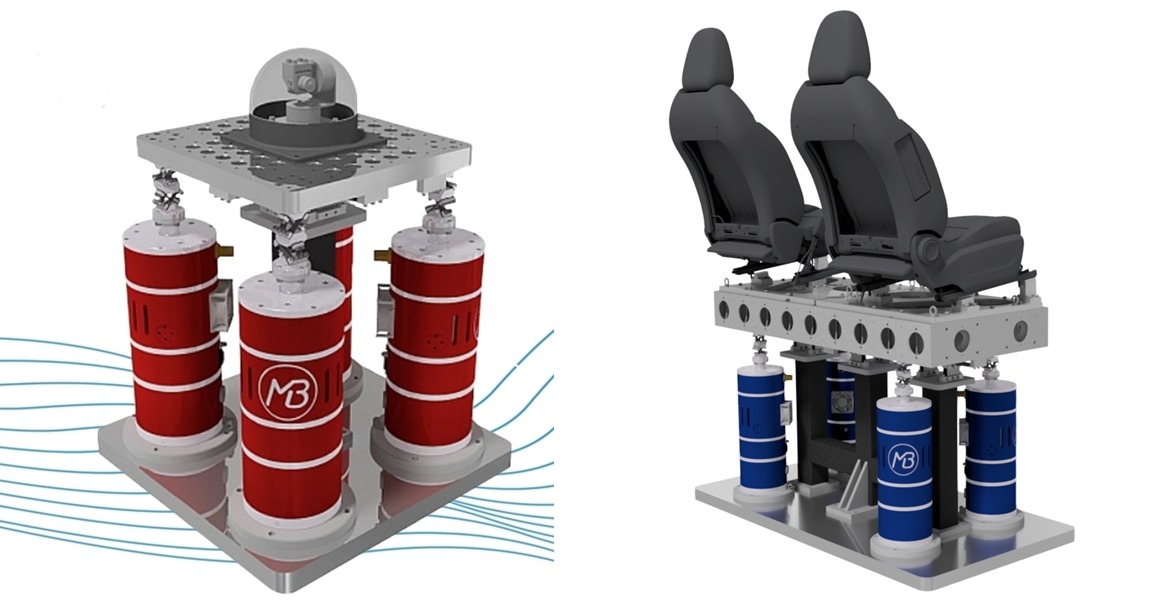Understanding the common standards for vibration testing in the electronics industry
15-08-2023
Vibration testing standards are integral within the electronics industry, offering consistent benchmarks for quality assessment. Notable standards include:
MIL-STD-810:
A military benchmark, MIL-STD-810, delineates protocols for environmental and laboratory tests. It furnishes precise guidelines for vibration testing of electronic devices, ensuring their resilience against vibrations and shocks in diverse settings.
IEC 60068:
This series of international standards serves as a compass for testing electronic equipment under varying environmental circumstances. IEC 60068 sets forth meticulous vibration testing procedures encompassing sine sweep, random vibration, and mechanical shock testing.
ASTM D3580:
ASTM D3580 stands as a reference for vibration testing of packaged products. It outlines procedures to gauge the capacity of packaged items to endure vibrations during shipping and handling.
ISTA 2A:
A widely employed procedure for simulating the distribution environment via random vibration testing, ISTA 2A validates products' sturdiness during transit and handling.
EIA-364:
Developed by the Electronic Industries Alliance (EIA), this series of test procedures assures the reliability of electronic components and systems. EIA-364 embraces vibration testing methods like sine sweep, random vibration, and mechanical shock testing.
These standards hold relevance within the United Kingdom. While originating in various countries, they've garnered universal adoption across industries and regulatory bodies, including the UK.
Within the UK, the European Union's CE marking is prevalent as a requirement for products intended for the European Economic Area (EEA). This emblem attests to compliance with pertinent EU regulations, encompassing vibration testing stipulations.
Moreover, distinct industries in the UK foster their own standards and regulations for vibration testing. The British Standards Institution (BSI) and the Institution of Engineering and Technology (IET) proffer guidance on testing protocols and performance criteria within engineering, manufacturing, and electronics realms. These benchmarks, delineating methods, conditions, and prerequisites, buttress the dependability and safety of electronic equipment and systems.
BSI's standards encompass:
BS EN 60068-2-6: A guide for sinusoidal vibration testing of electronic systems.
BS EN 60068-2-64: Guidance on broadband random vibration testing.
BS EN 61373: Specific to the railway sector, addressing shock and vibration testing.
IET, as a professional body, provides:
IET Engineering Practice Guide No. 22: Practical directions for vibration testing of small, high-value electronic equipment.
IET Code of Practice for In-Service Inspection and Testing of Electrical Equipment: Offers best practices for various testing, including vibration testing.
These standards, whether originating from international organizations or homegrown institutions, uphold the integrity of the electronics industry while fostering innovation and reliability.






